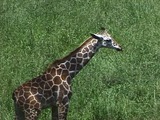
African savannas are home to huge herds of grazing animials including giraffes and zebras.
- Subject:
- Science
- Material Type:
- Media Object
- Provider:
- Utah Education Network
- Author:
- Visual Learning Company
- Date Added:
- 02/28/2010

African savannas are home to huge herds of grazing animials including giraffes and zebras.
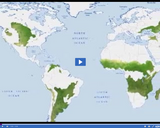
Every continent except Antarctica has grasslands. Grasslands vary widely in their appearance, plants, and animals.
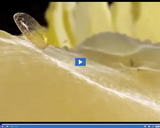
When a pollen grain lands on the sticky stigma, it forms a pollen tube through the thin style to the ovary. Once in the ovary, the pollen tube enters the ovule. Two haploid sperm nuclei then enter the embryo sac.
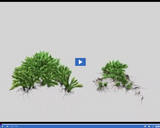
In most bryophytes, the haploid gametophyte phase is dominant. It's what we commonly recognize. Bryophytes tend to produce separate male and female gametophytes.
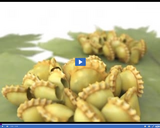
When a mature spore is released and lands in a suitable location, it develops into a tiny, heart-shaped haploid gametophyte form called a "prothallus."
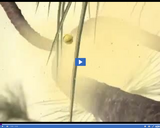
Pollen is transferred via the wind or by other means from the male pollen cone to the female seed cone. Of the millions of pollen grains released from sporangia, some land on the scales of female cones near an opening called the "micropyle."
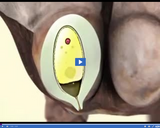
Female cones, seen here, possess ovules that produce egg cells.
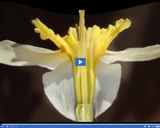
Gametophytes are quite small in angiosperms and develop in the flower of the sporophyte plant. Female eggs form in ovules inside the ovary of the flower.
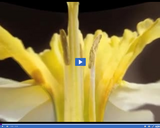
In the male reproductive part of the flower, haploid spores called "microspores" are produced in a structure called the "anther." The microspores consist of two-celled male gametophytes that together make up a pollen grain.
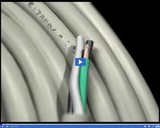
The Atomic Theory proposed that all elements are made of atoms. It stated that all atoms are indivisible and cannot be destroyed.

The Greek philosopher Democritus believed that if you continue to cut up an object such as a coin you eventually end up with a complete, uncuttable piece of matter. He called this particle an atom.
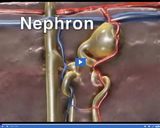
The fundamental filtering units in the kidneys are nephrons. Each kidney contains over one million nephrons. Most of the fluid is returned or reabsorbed by the bloodstream along with other substances needed by the body.
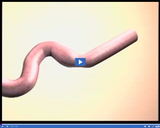
The small intestine is a hollow tube that is only about 2.5 centimeters in diameter, but it stretches about 7 meters in length. The chemical digestion of carbohydrates and proteins is completed in the small intestine.
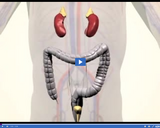
One of the most important ways the body excretes wastes is via specialized structures in the urinary system.
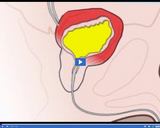
Urine passes out the kidneys to the bladder through small tubes called ureters. From time to time urine is emptied from the bladder through the urethra.
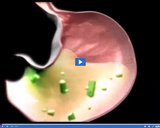
Food is mechanically broken down in the stomach as muscular contractions squeeze and churn it. Enzymes and acids are also secreted to break down food, forming a soup-like mixture known as chyme.
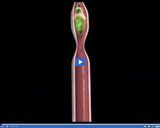
Food travels through the esophagus via rhythmic muscular contractions referred to as peristalsis.

After food is digested in the stomach, it enters the small intestine.
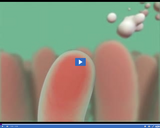
Nutrients are absorbed into tiny blood vessels found inside villi. Blood then carries nutrients throughout the body.
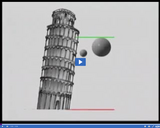
Objects of different masses fall at equal rates of acceleration.